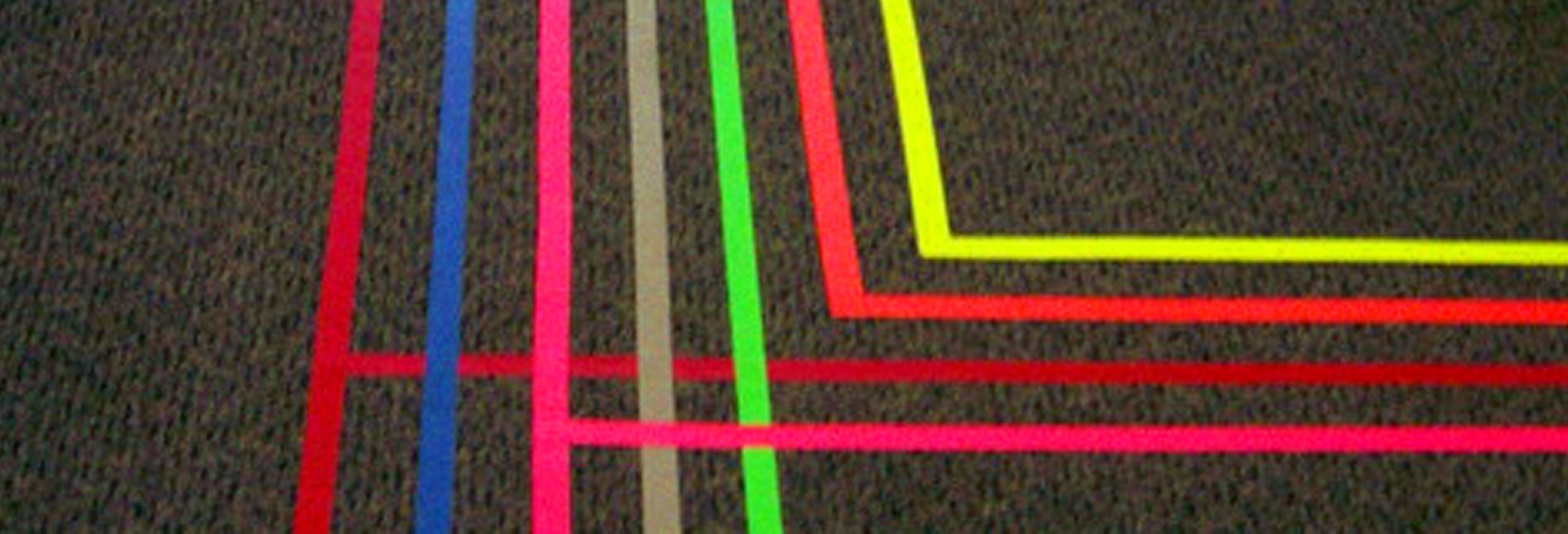Campbell Re-imagined
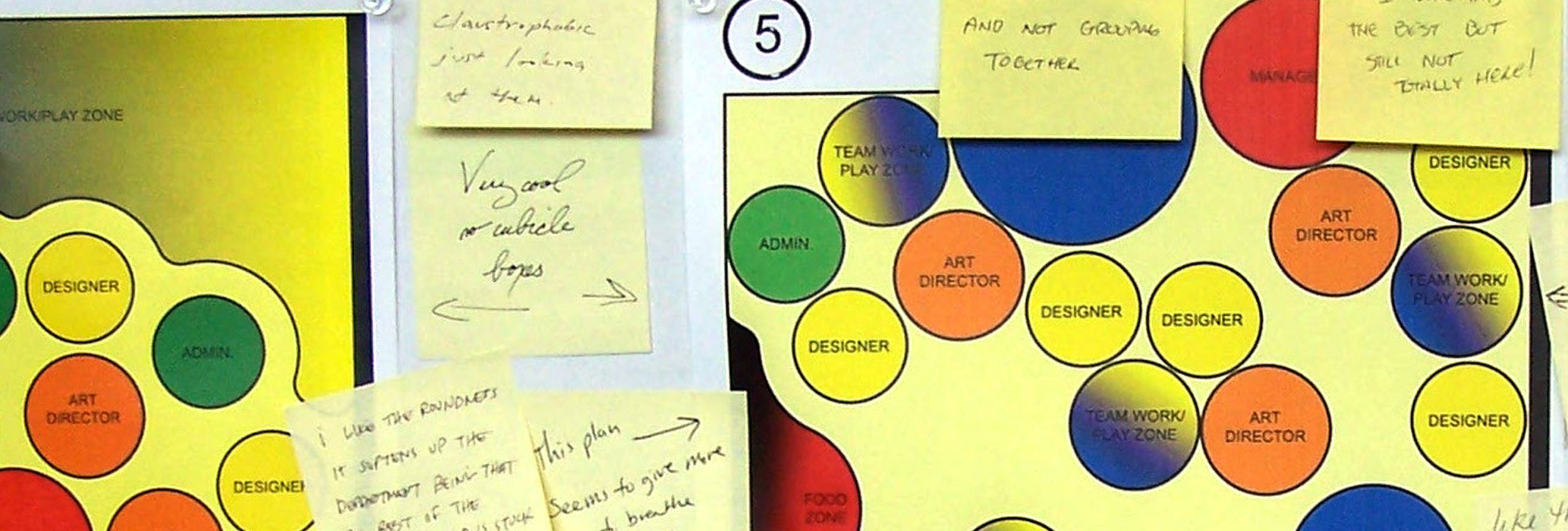
Client: Campbell Global Design Center
This project addressed the need of Campbell’s Global Design Center to re-think their physical office environment in connection with the assessment and pending re-organization of the way projects are managed and work flows through the office. Over a period of nine weeks (two days per week) our team applied design research and produced design interventions and collaborative forums with CGDC staff.
The design team established a dialog with and within the CGDC team, that eventually produced a number of ‘design-orienting scenarios’. Working hand-in-hand with our partners, we are able to tackle their most complex organizational and operational challenges.
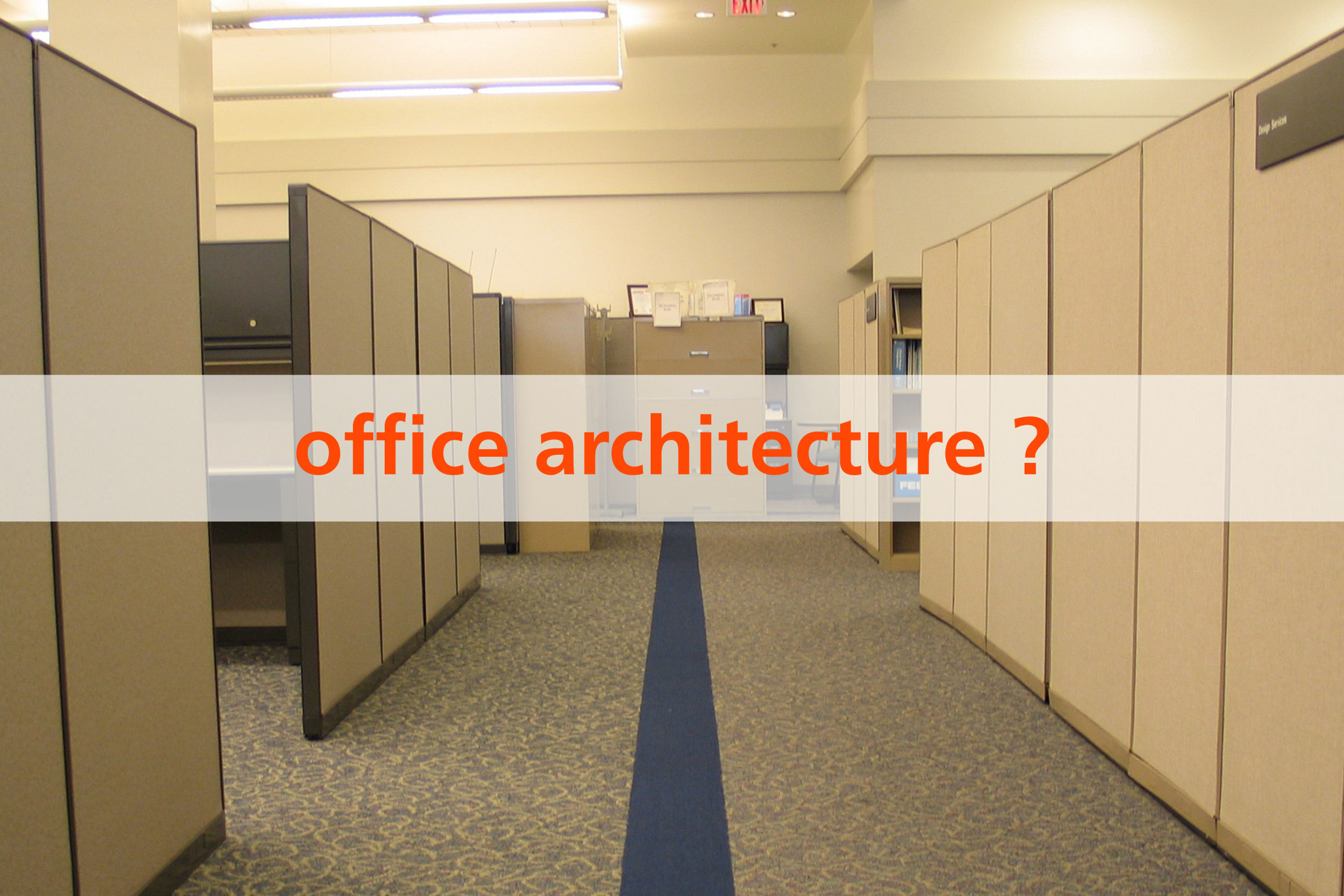
This project addressed the need of Campbell’s Global Design Center, a group of about 18 Art Directors, designers and administrative staff, to re-think their physical office environment in connection with the assessment and pending re-organization of the way projects are managed and work flows through the office. As we partner with organizations, we’re developing a design culture where one didn’t exist before. Bringing it to life in a practical way, within the everyday context of society. Arming our partners with the design and thought processes to approach things a little differently. And making a lasting impression on the way they operate.
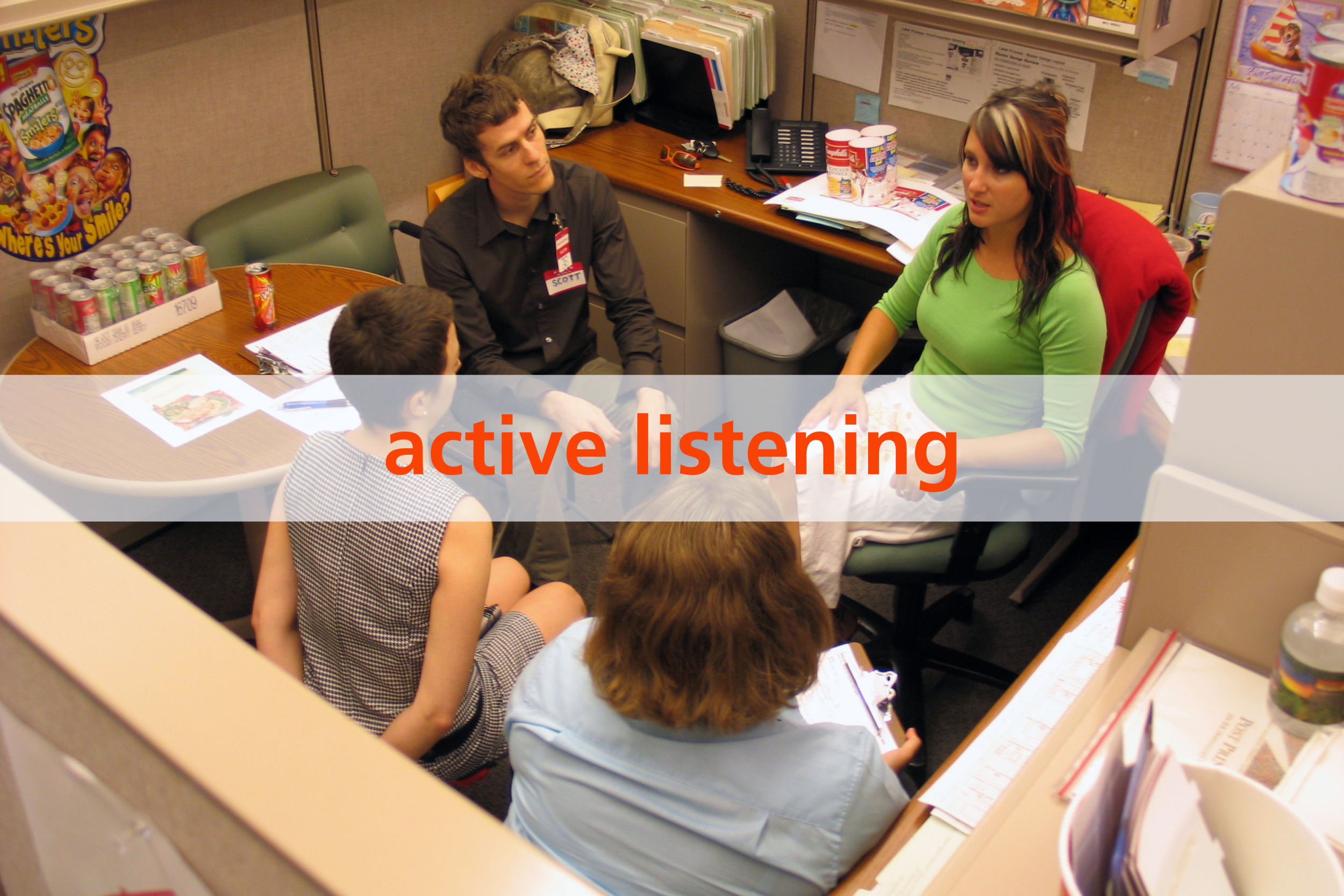
Through detailed but informal interview sessions, our team got to know the employees at Campbell’s. This was a crucial step in rethinking their workspace because it provided us with valuable information on how they moved through the different areas and what spoke to them most and least about the existing space.
After completing the interview process, several interventions were installed throughout the office as a means of visualizing and sharing some of the data gathered. Using humor and a light touch ‘thought bubbles’ of statements from the interviews were hung above the cubicles encouraging conversations and a sharing of ideas amongst the staff.
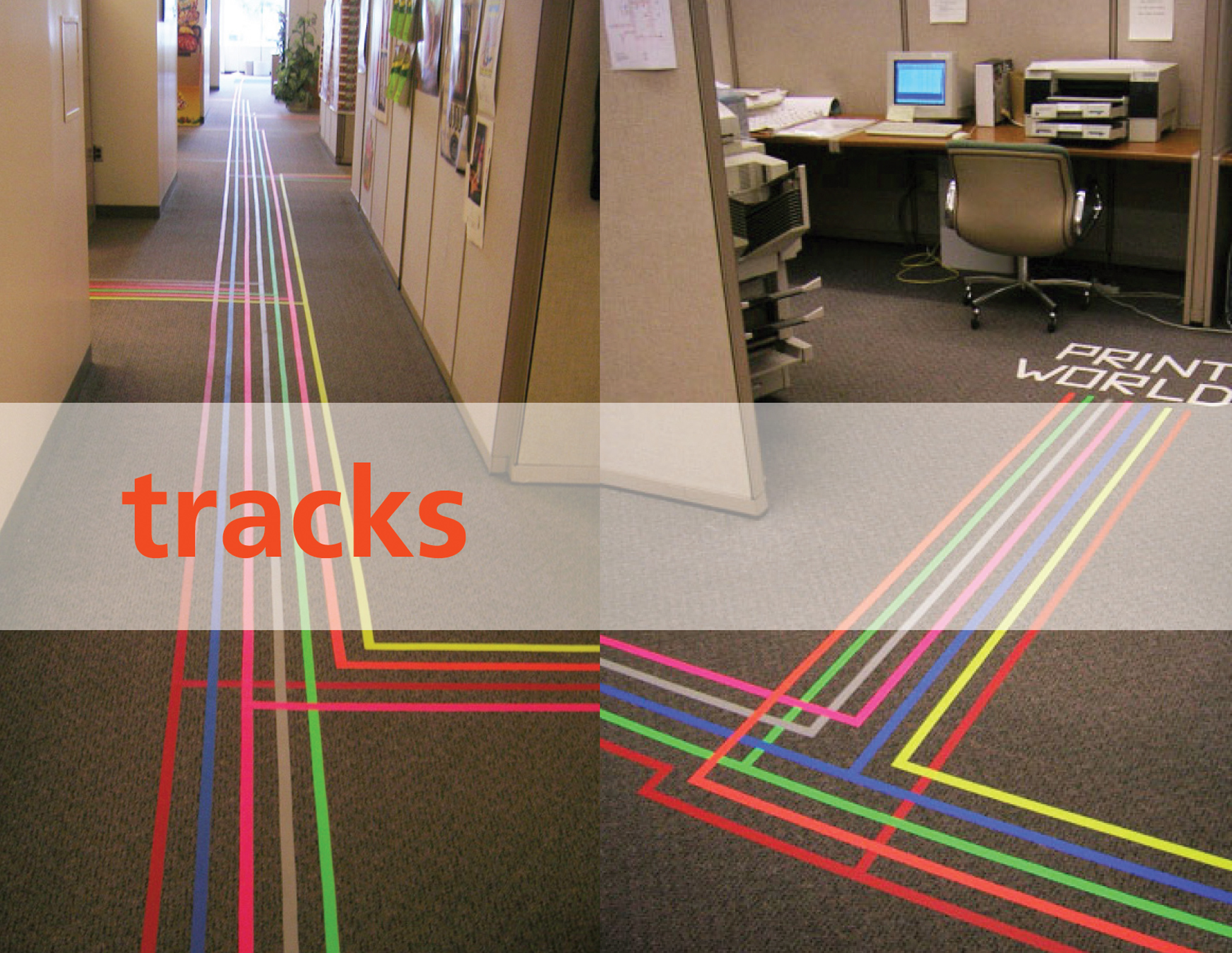
Part of the interview process focused a mapping exercise in which each employees’ daily tasks and habits, and how they navigated through the office space.
The Milder Team created a striking visual of the ‘everyday path’ information collected from staff during the mapping exercise, using colored tape to display work flows and patterns, and reflecting on how this might inform a new floor layout for the various teams.

Many of the participants expressed feeling a lack of connection while working in their cubicles. To reflect this disconnect (visual and physical), we hung silver mylar balloons between the cubicles that, much like a convex mirror, allowed the staff to see into adjoining cubicles.
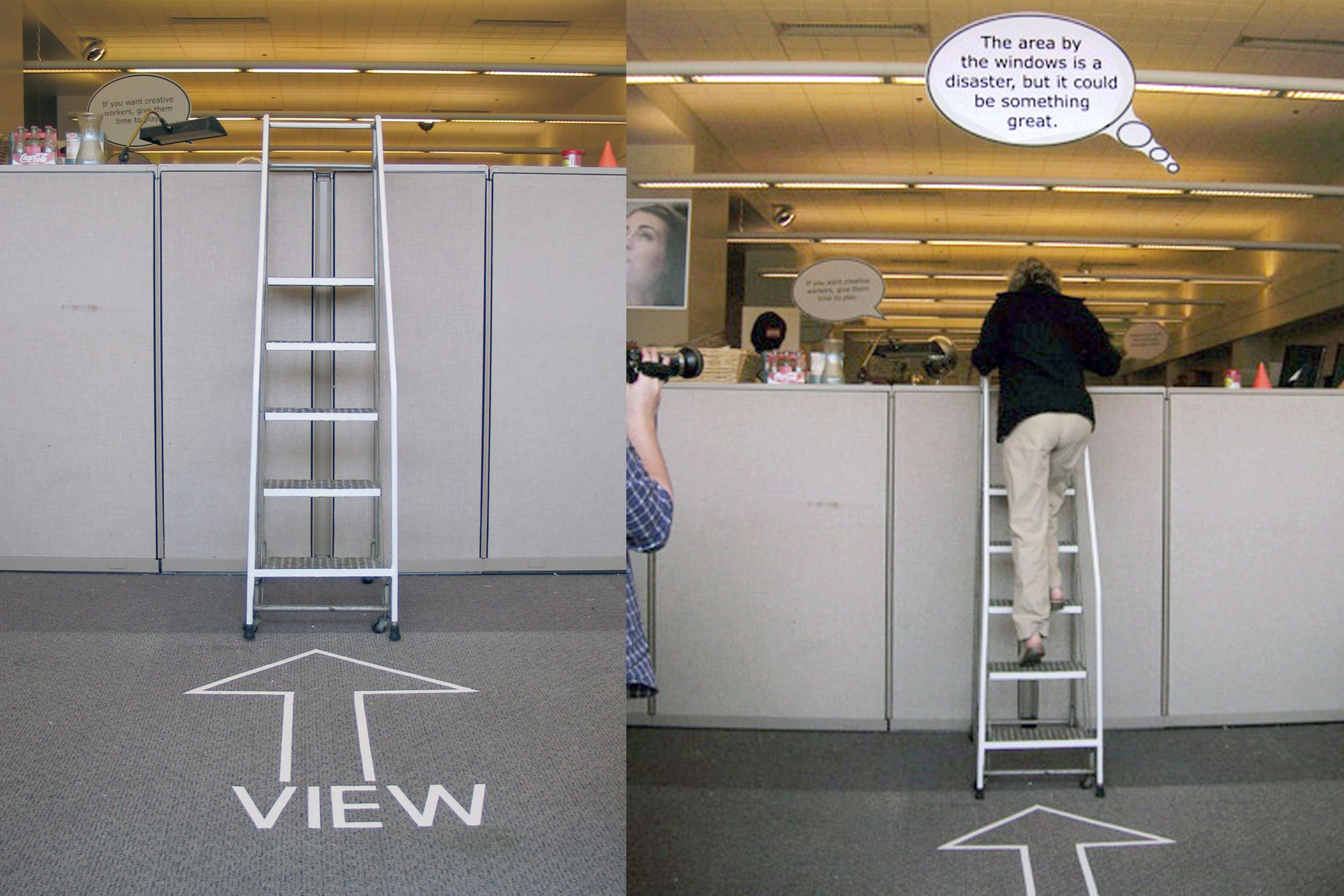
Another design intervention invited participants to climb a step stool thereby providing a different view by which to contemplate their office landscape and reflect the effect on group dynamics and workflows.
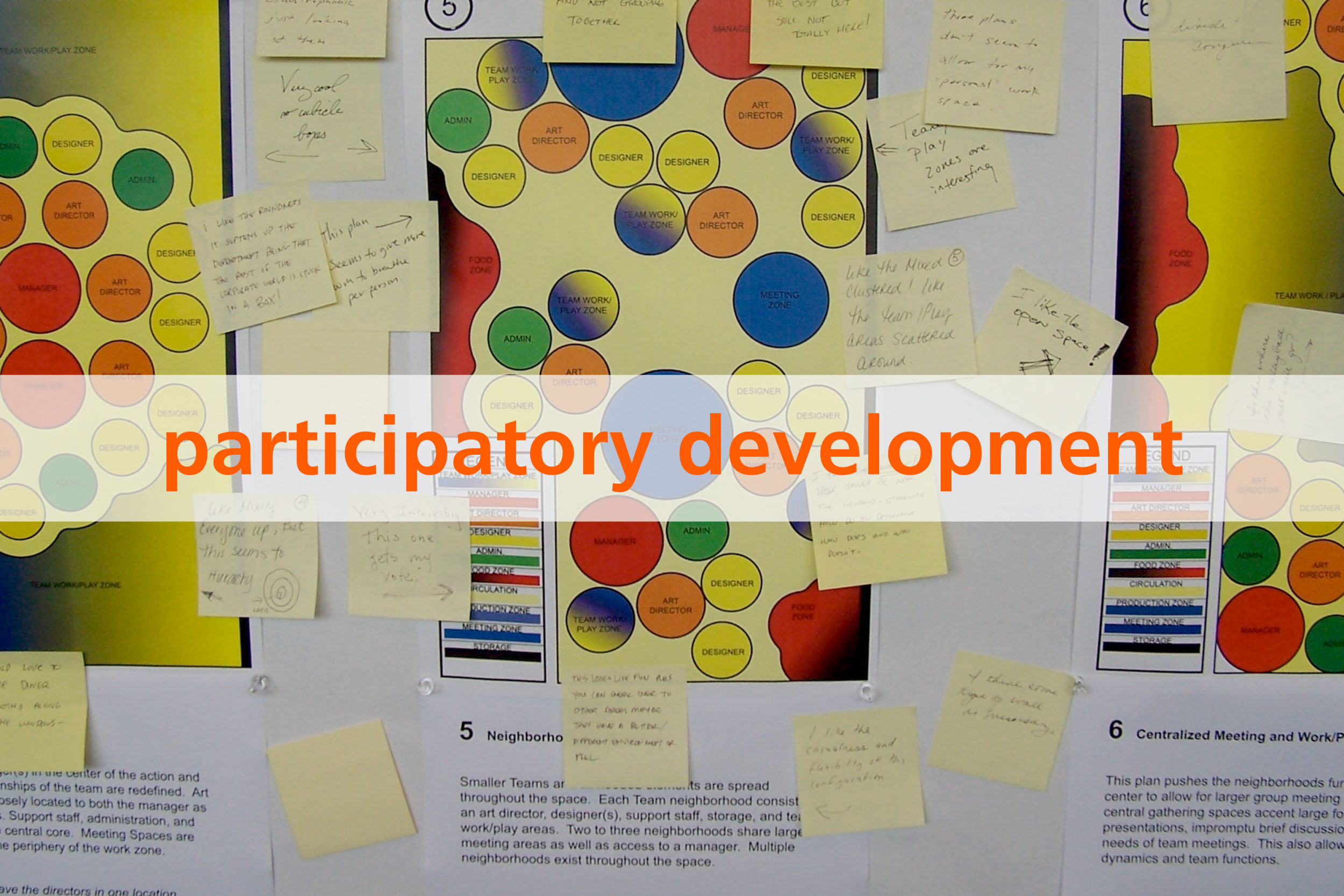
Developing a shared understanding with the CGDC team was key in helping them to imagine and anticipate not only a better workspace, but a way of working more collaboratively.

The workshop concluded with a presentation of 99 design orienting scenarios based on response to the participatory development session. These scenarios reflected the ideas The new CGDC space and successful reorganization serve now as a model for future office planning and reorganization projects at Campbell’s.
